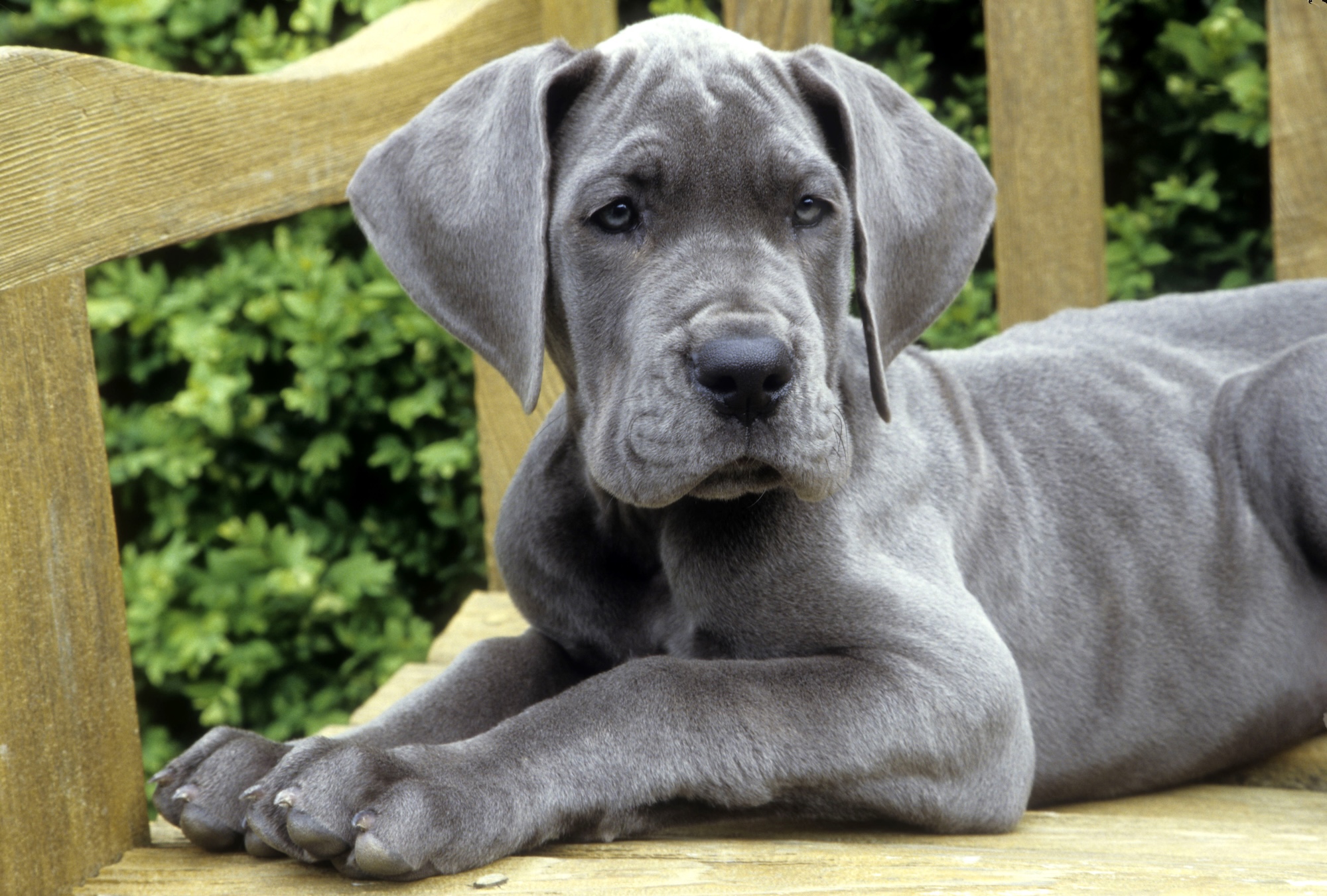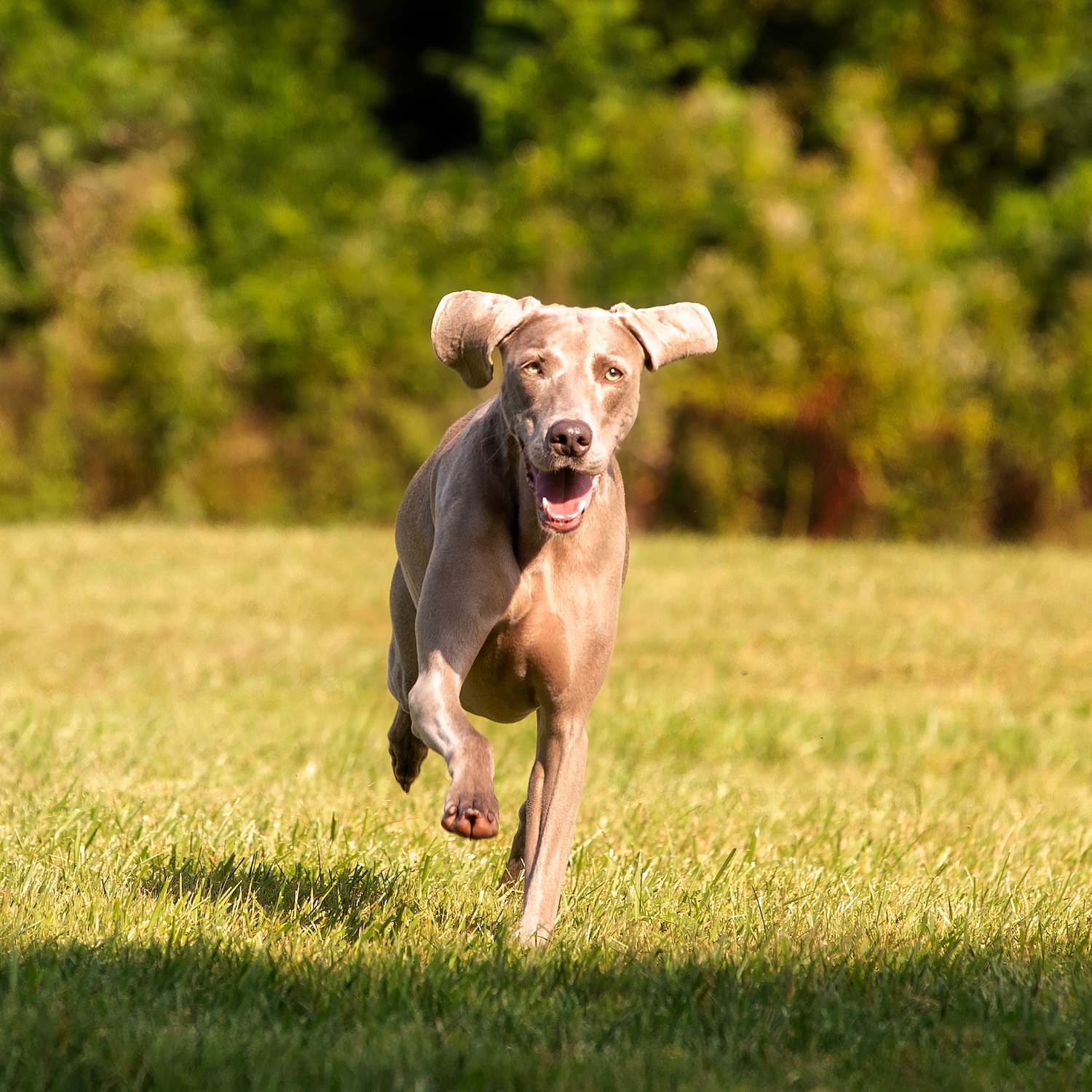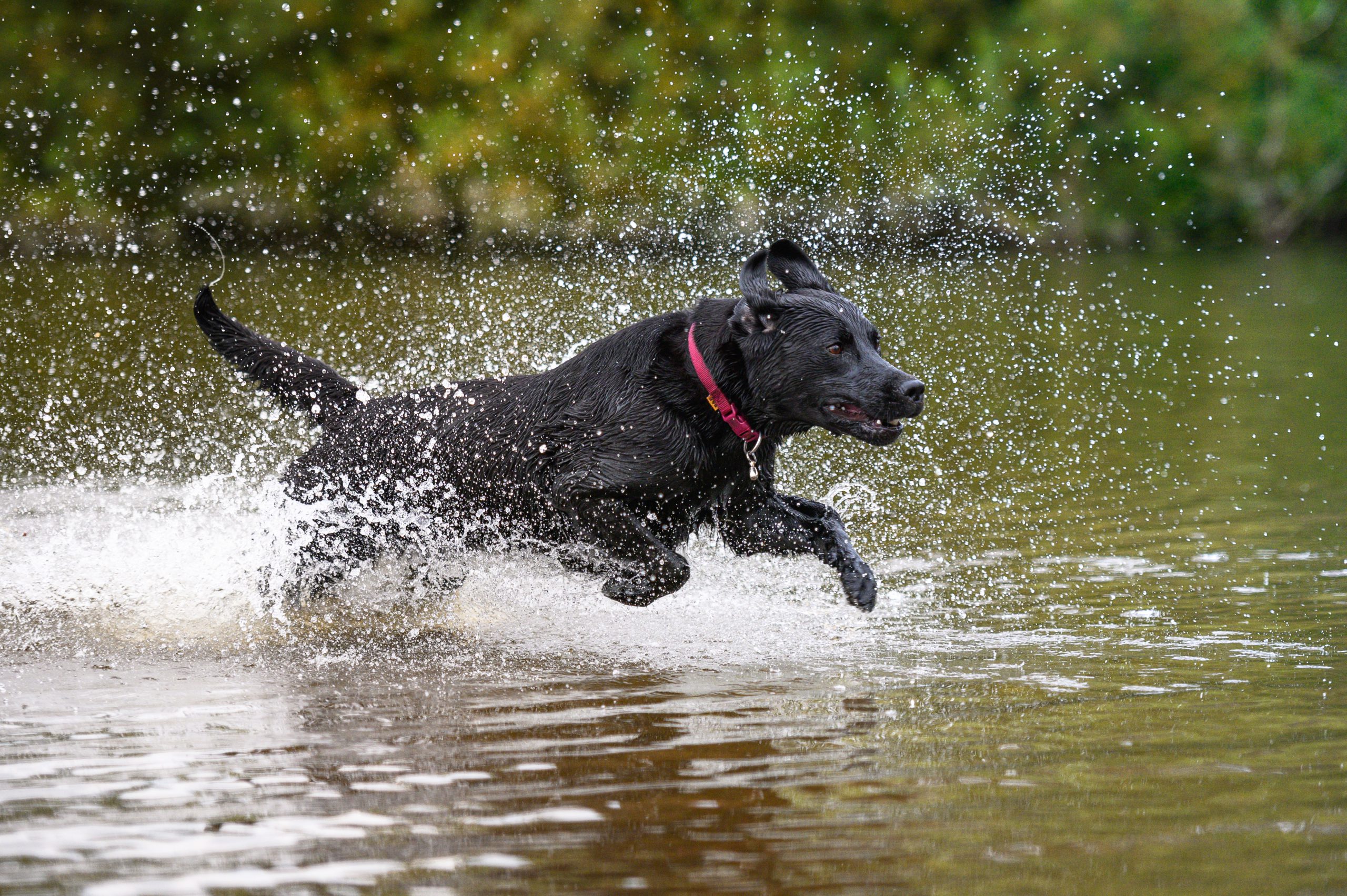With their stately bearing, blue-black tongue, and lion-like mane, there’s no mistaking a chow chow when they’re swaggering down the street. These distinctive dogs are easy to spot from a mile away, and once you get to know them, their personality traits are just as distinctive.
Quiet and cat-like, chow chows are an oft-misunderstood, independent, ancient breed of dog, originating in China thousands of years ago. And, as chow owners will tell you, once you’ve lived the chow lifestyle, it’s hard to go back.
As magnetic as they are, these dogs require specialized care thanks to their unique personalities, thick double coats, and short snouts. Here’s everything you need to know about living well with the beautiful, proud chow chow.
The dignified, distinct look of the chow chow
Chow chows are indeed a distinctive breed, especially when it comes to their physical appearance. Several characteristics set the chow apart from other dogs: their blue-black tongue; the pendulum-like swing of their straight back legs, which gives them their signature stilted gait; their short snout; and their small, triangular ears with rounded tips, which bob with each step.
They’re called little lions or the lion breed for a reason; they have extremely thick double coats which come in two varieties—smooth and rough—which give them a fluffy, oversized look. And while all dogs have loose skin around the neck, chow chows have a particularly loose scruff surrounded by a mane of hair, contributing to the lion-like appearance.
Combine their formidable mane with their deep-set, almond shaped eyes, and it’s no wonder chows are often described as scowling, snobbish, and intimidating—at least, by those who don’t have the pleasure of spending time around them.
Basic chow chow facts
Big presence aside, chow chows are medium-build dogs, weighing anywhere from 45 to 70 pounds as adults, depending on their sex and breeding. They average 17 to 20 inches tall at the shoulder—though their deep barrel chests and impressive double coats give the illusion of a larger build.
Chows come in two different coat variations: smooth and rough, the latter being the tradition (and much more common) fluffy coat that most people associate with chows. They also come in a variety of colors: black, red, cinnamon, cream, and blue. There is variation within each color as well; for example, red chows can range in color from light fawn to a deep, almost burnt orange.
The history of the chow chow
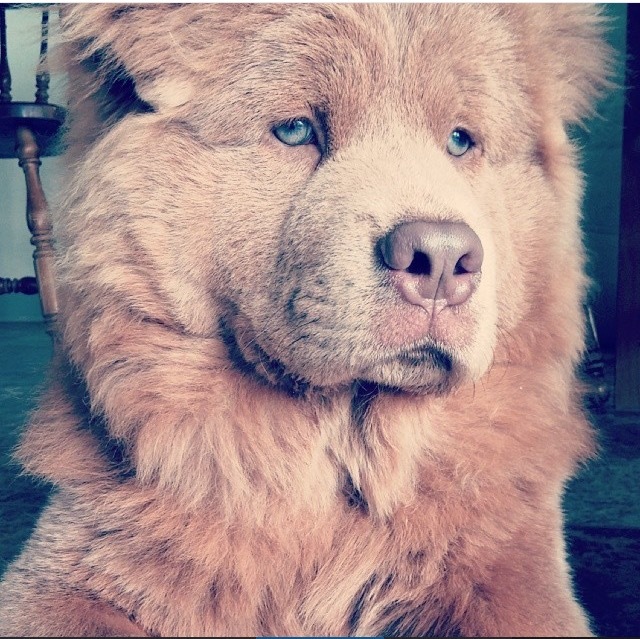
Not only is the lion-like canine unique in looks, it’s also one of the oldest known breeds in the world. They originated between 2,000 and 3,000 years ago in China, and were favorites of royals and regulars alike. According to one myth, one particular emperor in the Tang Dynasty was such a fan that he owned and bred over 5,000 chows, all of whom were fed the best food and given a royal escort.
Myth aside, chows were employed as guard dogs, companions, work dogs on farms, sled pullers, and even as war and hunting dogs for thousands of years before heading west. The chow chow first came west from China in the 18th century on a trading vessel, landing in England.
In China they’re called songshi quan, or, “puffy-lion dog.” So why the name “chow chow”? One theory: when they were imported by merchants, they were listed as “chow chow,” a term for miscellany brought from the east to sell at various markets.
Despite the dubious origins of this breed’s western name, they became an instant sensation with staying power. Famous fans over the years include Queen Victoria (whose chow chow puppy supposedly inspired the creation of the first teddy bear), Sigmund Freud, and, more recently, Martha Stewart.
The aloof, independent personality of the chow
Some of the most common chow descriptions you’ll hear are aloof, independent, cat-like, and calm. Behind these labels is the fact that chows are not likely to be lap dogs, nor are they going to love everyone they meet. If you’re looking for a cuddle buddy, and dog park greeter, chows are perhaps not the dog for you. (Though depending on their mix, many chow-mixes are absolutely game for spooning.)
But they are fiercely loyal to their families, quiet—generally only barking to alert—adaptable, and even playful. It’s not uncommon for chow owners to describe their canines as mischievous.
That mischievousness and independence can become a problem, however, for people who aren’t well-versed in a chow’s needs. These are not dogs who can be left to their own devices when it comes to training. Because they are loyal to the point of territoriality, any responsible chow owner must work with their dog from the time they’re a puppy to socialize them with strangers, others dogs, and small pets such as cats.
“Her chowness shows up as being happily solitary and really not interested in socializing with other dogs or kids. She always positions herself as a sentry outside or by windows looking out for her two legged pack’s well being.” — Elizabeth, mom to Chow mix Leila
Are chows really aggressive?
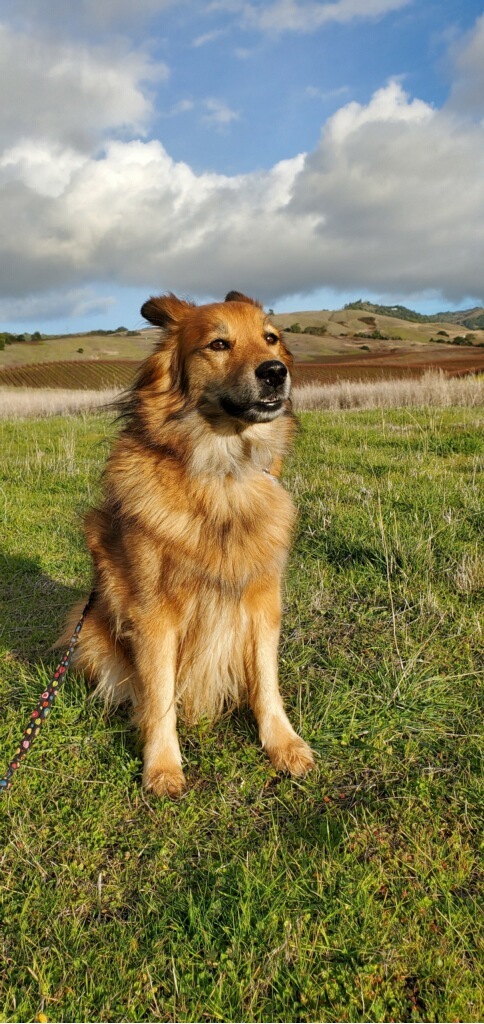
One of the most common questions chow owners are asked is: “Are they aggressive?” or “Aren’t they vicious?” Or, “Don’t they bite?” Chows are also regularly targeted by breed bans and even banned by insurance companies who cover homeowners and renters insurance.
As with so many breed bans and supposedly dangerous dogs—pit bulls, dobermans, Rottweilers, and more—the chow chow’s reputation originates from a place of misunderstanding.
Chow chows have a 71.7 percent pass rate from the American Temperament Test Society for dog temperament, which tests shyness, aggressiveness, friendliness, and the ability to discern between a threatening and non-threatening situation. Compare the chow to the dachshund, which has a 69.4% pass rate, or the shiba inu, which has a 67.9% pass rate—two beloved breeds who are not thought of as aggressive or dangerous—and the idea of the chow chow as a dangerous breed starts to come undone.
What chows are is discerning. They are intelligent, independent dogs with boundaries that they protect, which is why it’s important to stress, once again, the importance of training and socialization from a young age. These are not dogs who will listen to just anyone; the relationship between dog and owner has to be secure, with the owner firmly in command.
Plenty of chows happily live with other dogs, kids, and even small pets such as cats. As with all dogs, breed can only tell us so much about our dogs personalities; they’re all individuals who need special care and attention from the moment we bring them home.
“She is the absolute sweetest, most soulful and sensitive dog in the world. People fight over who gets to keep her when I travel… She is pure love.” — Nicole, mom to Chow mix Tallulah Belle
Caring for a chow
Some dogs are relatively easy to care for, with easy grooming routines and biddability. Chow chows are not those dogs. Caring for a chow chow means extensive training, grooming, and attention.
While these are not velcro dogs in the traditional sense—they don’t need you touching them at all times, and in fact, often prefer sitting and watching you from a distance—they do want to be around their people. So if you’re going to adopt a chow, make sure your lifestyle is one suited to spending ample quality time with your pooch.
“Milo was very easy to potty train. He would NOT pee in his crate or anywhere near where he ate or slept and would always beg to go outside from 6 weeks up. He also acts like a cat (I swear he thinks he is one)—lazy, aloof….catches flies and climbs trees.” — Alexandra, mom to Milo the chow
Training a chow chow
One of the cornerstones of chow chow care is training. Chows have a gift for making people believe they have to earn their dog’s respect—because with chows, you do. Chows are willful. That means, in order to have a well-behaved chow, you should strive to create strong boundaries, lead with confidence, and not allow them to have the run of the house. Chows are not for beginners; potential owners should take the time to learn about training a dog who is not as eager to please as other breeds.
From the moment you bring them home, you should start daily training,
A few pointers:
- Start socialization immediately, introducing them to all manner of people, small animals, and new environments. The period between birth and 16 weeks of age is considered the golden window of socialization and training, having an outsized impact on a puppy’s lifelong behavioral patterns.
- Get them used to grooming and handling, practicing daily brushing, giving them regular baths, and creating positive associations with grooming and regular handling they can expect from vets and other pet professionals throughout your chow’s life.
- While chows are known for being clean, start potty training them immediately. Create a designated space in your backyard or outdoor area where they should go to the bathroom, and reinforce that this is the potty area by carrying them out there for potty time every few hours.
- Start with basic commands: sit, stay, and lay down. Most puppies are able to grasp these commands as early as 7-8 weeks of age.
- To reinforce boundaries and good manners, make them sit before meal times.
- Because chow chows aren’t generally eager to please, reinforce the importance of listening by keeping training sessions interesting and high-value. Use praise and high-value treats and keep sessions short to keep their attention.
Grooming a chow
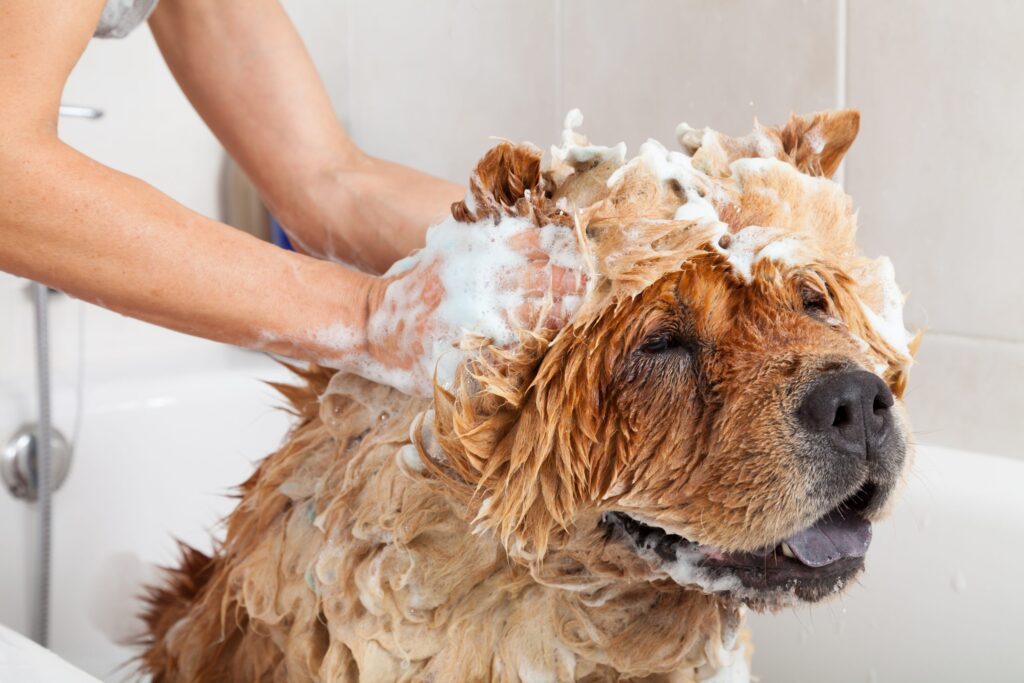
When you adopt a chow chow, one of the biggest tasks you agree to take on is grooming. They’re beautiful, lion-like dogs, but to maintain their beauty, they require a lot of time and effort.
Whether they’re rough- or smooth-coated, chows require daily or near daily brushing to keep their signature double coat mat-free. Additionally, although they are low odor, chows need to be bathed at least every six weeks to keep their coat and their skin—buried under all that fur—healthy.
Finally, due to their unique shape, chows should be professionally groomed at least once a quarter, if not more.
Common health problems for the chow chow
While chows are a generally healthy breed and can live anywhere from 12 to 15 years, they’re not without their health challenges. Some of the conditions they’re prone to are as follows:
Bloat/ Gastric Dilatation-Volvulus: As deep-chested dogs, chows are at elevated risk of bloat (GDV), which is set of related conditions where the stomach becomes distended as it fills with gas, and when the gas-filled stomach then rotates or twists on itself, obstructing blood flow. Symptoms include unproductive retching (when your dog acts like they’re going to vomit but produces nothing), a distended, tender abdomen, labored breathing, and even collapse. It’s a medical emergency which, if not treated immediately, can result in death. That said, you may reduce the chances of bloat is by ensuring your dog doesn’t eat too quickly, whether by dividing up their meals or using a slow feeder method, like a puzzle bowl. Your vet may also recommend a surgical procedure called a gastropexy if this condition is a serious concern.
Entropion: Due to their deep-set eyes and squished faces, chows can deal with entropion, or, eyelashes turned in toward the eye, which can lead to scratched corneas and permanent damage if not caught and treated early enough. The main symptoms of entropion are excessive tearing, squinting, mucous discharge and light sensitivity. Your vet may suggest a surgical correction whereby the eyelid is rolled outwards so the eyelashes are not touching the surface of the cornea. While lubricating eye drops and topical antibiotics are sometimes prescribed, they’re not recommended as a life-long solutions.
Heat stroke: Chow chows are doubly at risk for heat stroke, thanks to their extremely thick double coat and short snout, both features which give them their distinctive look but make it hard for them to remain cool in higher temperatures. It’s absolutely essential to keep your chow out of the heat, limiting walks or any other activity in any weather over 72 degrees and ensuring they have access to water and a cool place to rest at all times.
Hip and elbow dysplasia: Chows can be prone to hip and elbow dysplasia, a condition in which the ball of the hip does not fit properly into the joint. This can lead to or exacerbate arthritis and other degenerative joint problems. Since the condition is most commonly related to rate of growth, weight, and environmental factors, it’s important to ensure your chow puppy grows at a healthy rate, and they stay at a healthy weight. Pay close attention to your chow’s gait—”bunny hops” during walks can be a sign of trouble— their ability to lie down and get back up, and any potential tenderness around joints.
Patellar luxation: This is a condition in which a dog’s kneecap slips out of place. It may be a congenital condition or may develop later in life. Symptoms to watch for include limping, or your dog picking up one leg and seeming to skip for a few steps, then kicking a leg out to pop the knee back into place. Severe patellar luxation can require surgery.
Feeding a chow chow
While relatively healthy, chows are also prone to obesity, allergies, and bloat—all challenges which can either be improved or exacerbated by what, when, and how much they eat.
Just a few pounds can severely impact your dog’s quality of life: research shows that obesity is not only endemic to American dogs, with 56% of dogs in the U.S. considered overweight or obese, but it increases the risk of developing cancer and shortens their lifespan. Feeding too much or feeding ultra-processed foods can lead to weight gain, which can contribute to the arthritic pain caused by hip dysplasia, a common ailment among chows.
A fresh food plan makes it easy to give your chow pre-portioned, healthy meals tailored to their age, size, activity level, and weight.
And, since allergies are common in chows, it’s a good idea to remain aware of exactly what’s in their food—something that’s hard to do with kibble, which often contains ingredients not listed on the label.
A healthy diet is the best way to support your chow’s health and happiness—along with plenty of sure-handed training and a loving family to watch over.
